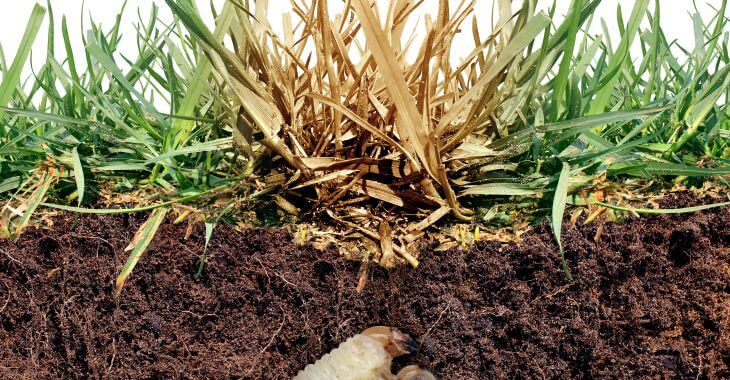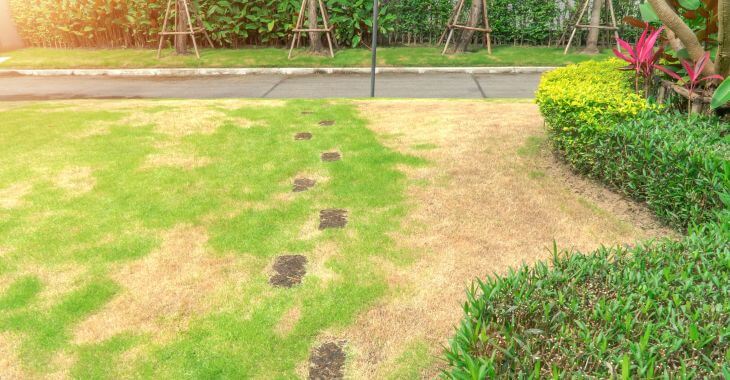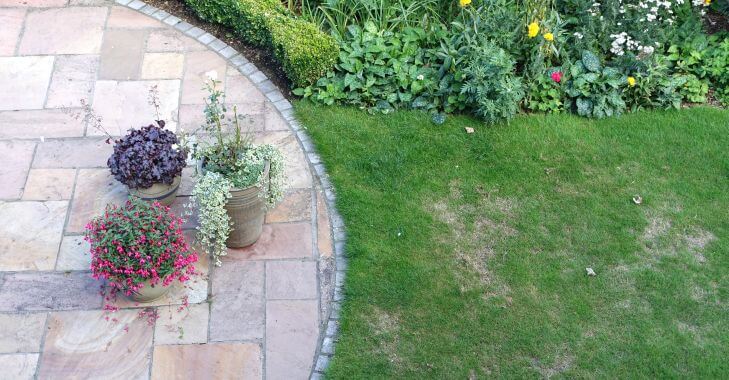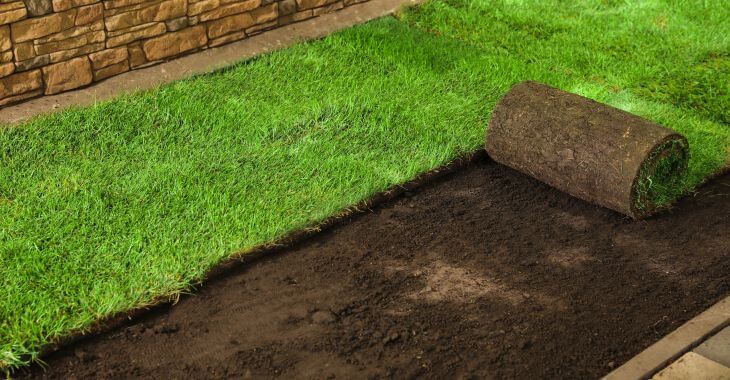Damage Signs of Grubs on Lawn

It is hard work creating a beautiful lawn. You need to fight drought, hot sun, depleted soil, erosion and so much more. One of the other pitfalls when cultivating a lush lawn is grub worms. Do you know the damage signs of grubs on lawn? Here is what you should look for and how to get rid of grubs.
What Are Lawn Grub Worms?
Pretty much all lawns will have some grub worms. What do grubs turn into? These are the larvae form of beetles, and they tend to lay eggs in turf grass. In this worm form, beetle larvae feed on grass, which can have a disastrous effect if there are too many of these worms.
You can identify lawn grubs by their appearance. These worms are white with brown and usually shaped like a crescent moon or “C.” They have six legs and can be up to two inches, long but can be as tiny as a quarter of an inch. These larvae usually emerge in late spring and summer.
The problem is, you may never see a lawn grub, but they may be destroying your lawn from below. They live in the soil, feeding on the roots of your grass until they build a cocoon, and evolve into either billbugs or scarab beetles. This cycle continues spring through fall, infiltrating your lawn.
What Do Grubs Turn Into?
Depending on where you live, you may have different types of lawn grub worms in your yard. The most common lawn grubs are larvae of different types of billbugs. Denver, Unequal, Lesser, Hunting and Bluegrass are some of the billbugs that create grubs that will eat your lawn.
Another beetle type that may lay eggs that become grubs in your lawn are scarab beetles. These include the Japanese, June, May, African Black, Masked Chafer and some other types of beetles. If you have these types of beetles or billbugs, you will likely have signs of grubs on lawn and other areas.
Signs of Grub Worm Infestation
If you have any of the aforementioned billbugs or beetles, you probably have some lawn grubs. These beetles are common in the milder regions without severe winters, but they can thrive in many climates. A few grubs will not destroy your lawn, but if there are too many, say goodbye to your turf.
Grub worms can destroy an entire lawn if they are left unchecked. It is important to be aware of damage signs of grubs on lawn to stop the complete destruction before it occurs. Here are some of the signs you may have a grub worm infestation in your lawn:
- Moles and digging pests in your yard, feeding on the grubs in your soil
- You can lift turf like a rug due to the roots eaten away
- Increased weeds in your lawn
- Soft, spongy feeling when walking on the lawn
- Patches of dying grass that continues to expand
Since there are other pests and problems that can cause similar issues as signs of grubs on lawn, you should look for grubs. You need to cut down about four inches into your lawn soil, especially in an area with damage signs of grubs and look for them. One or two are expected, but several are a concern.
What to Do About Lawn Grubs
If you find signs of grubs on lawn and you want to stop them from destroying your grass, there are a few grub treatments available. Insecticides are available for lawn grubs, but these can be toxic to birds and some wildlife, and not everyone wants to add poison to their lawn.
There are some natural threats to grubs that are not toxic. One option is adding milky spores to your lawn, which is a disease that attacks grubs but will not hurt your lawn. Another natural enemy of grubs is nematodes, small worms that feed on grubs. Inviting birds to your yard can also be beneficial.
Attacking lawn grubs is best achieved in late summer and fall, which may help prevent them from coming back. You may need to do several treatments to get the grub situation under control over two or more years. Some grubs will always be present, but you want a low population for a healthy lawn.
Preventing Lawn Damage from Grubs
The best way to keep your lawn safe from grubs is by cultivating a healthy lawn that is resilient to these worms. Keep your thatch to a minimum, making it easy for natural predators of grubs like birds to get to them. A strong root system can withstand grubs and will not falter as easily as a weak lawn.

If you have damage signs of grubs on lawn, contact your local landscaper for professional help. They can help get your grubs under control and offer solutions to strengthen the health of your lawn.


